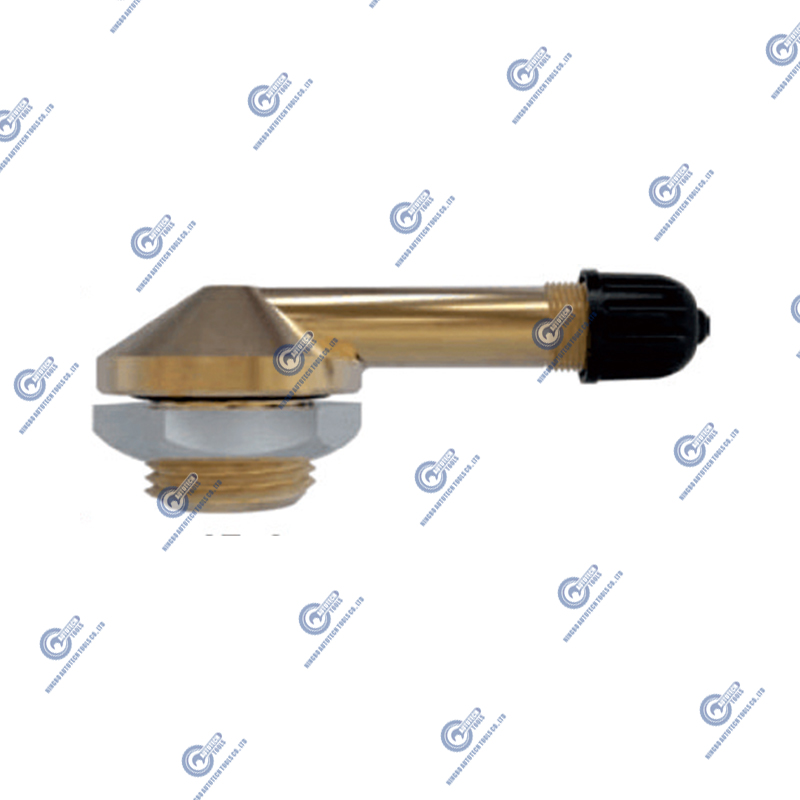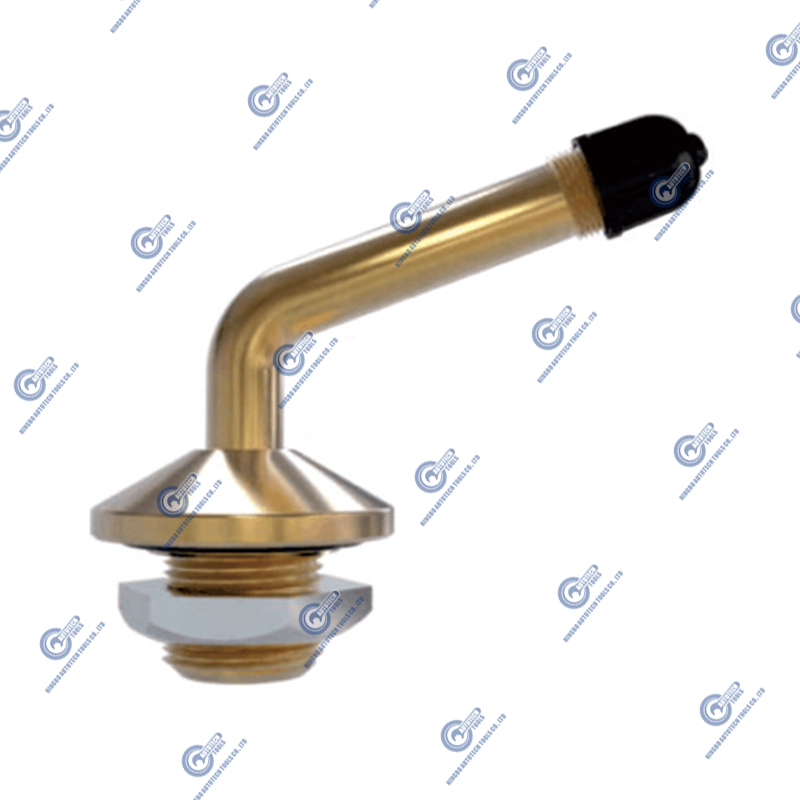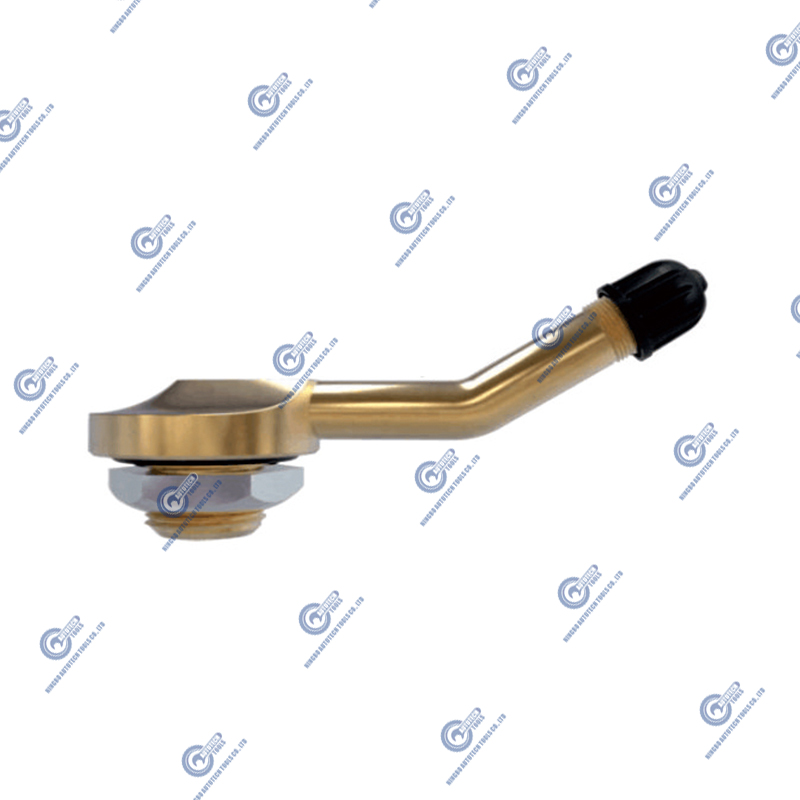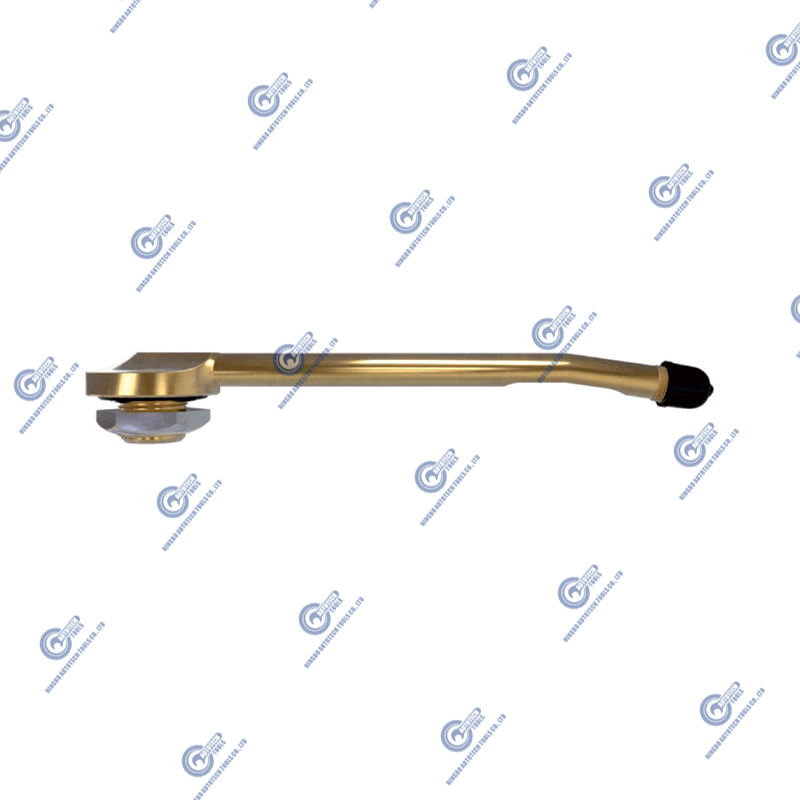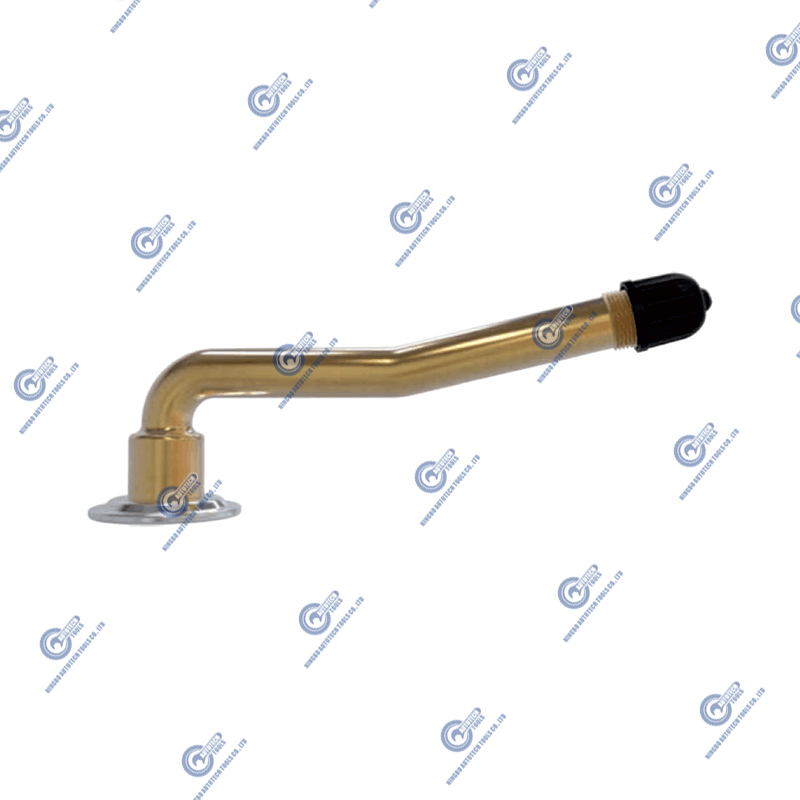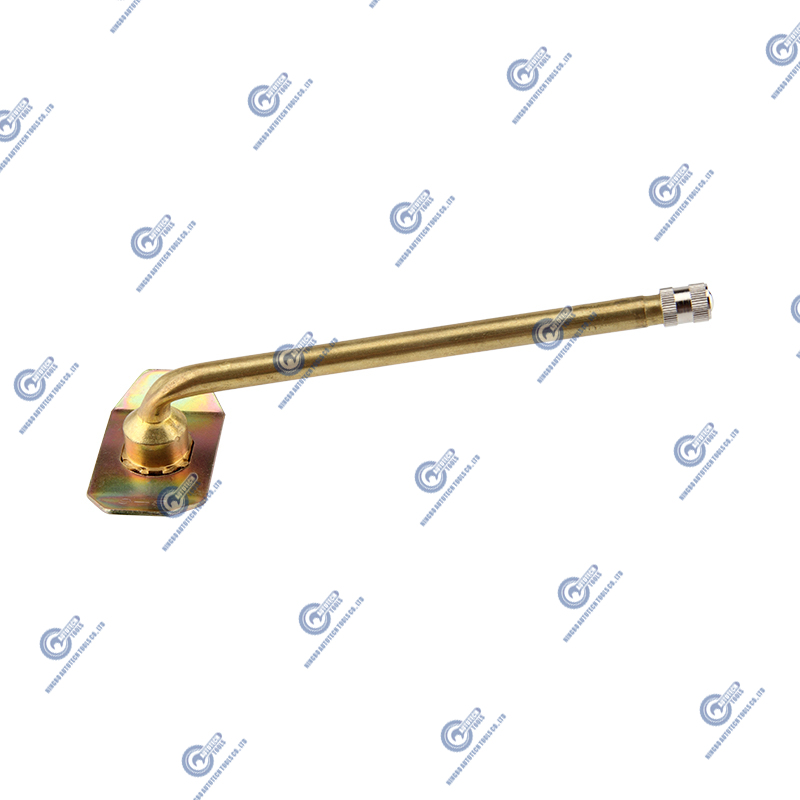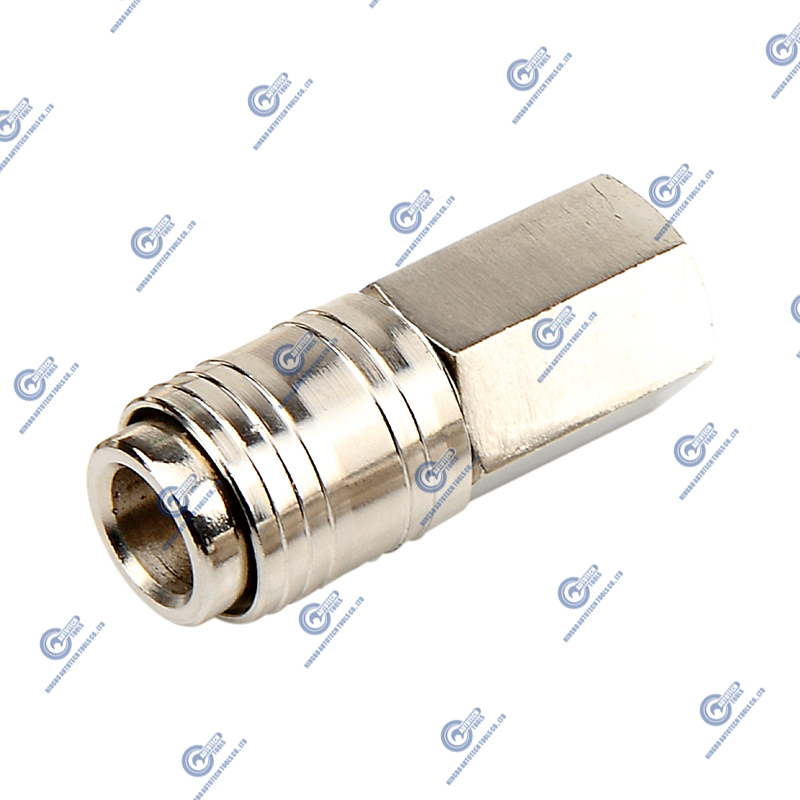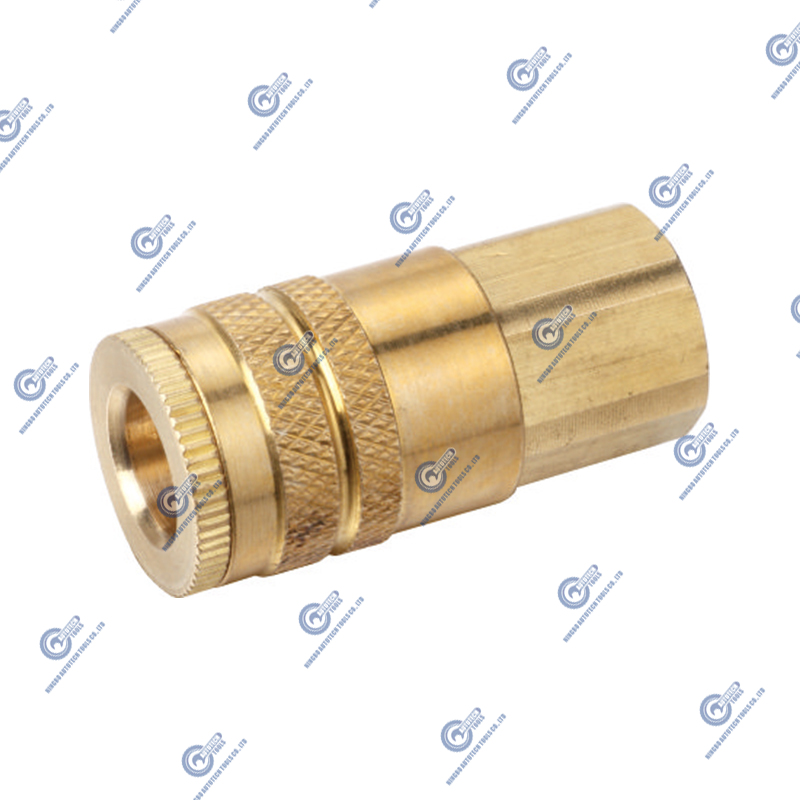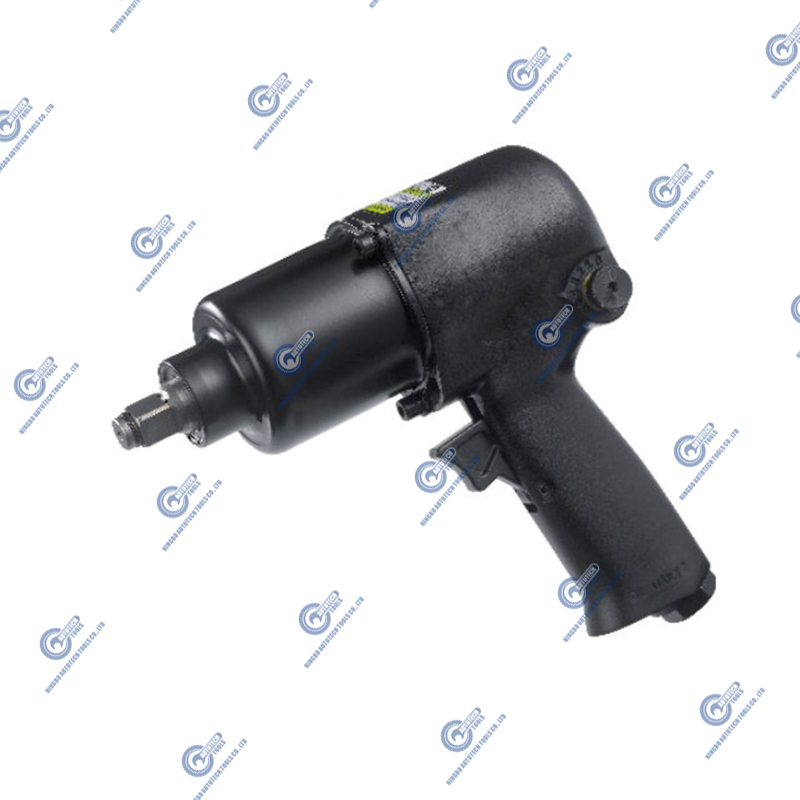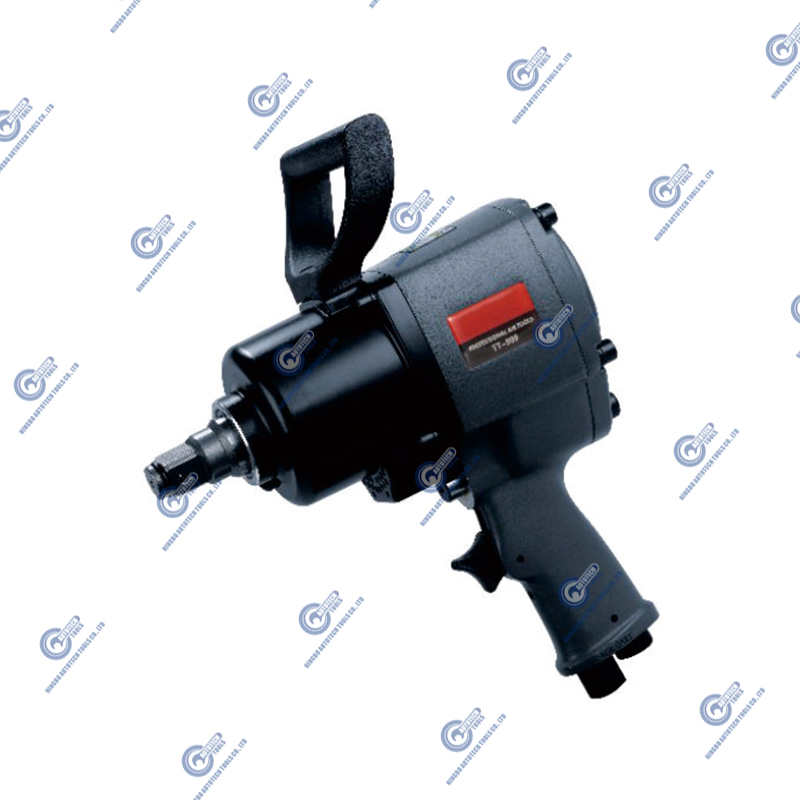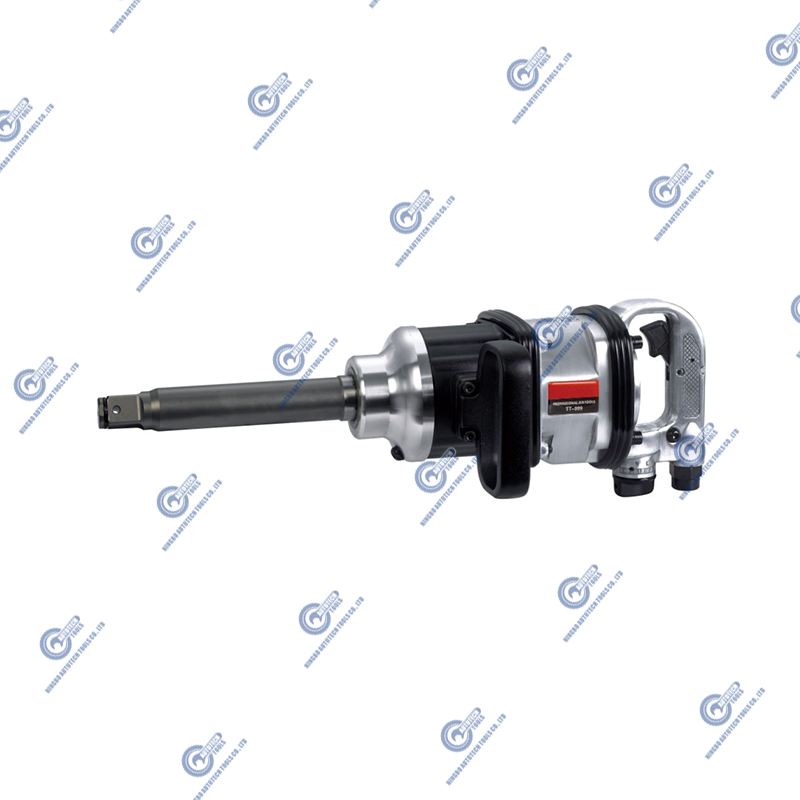How to ensure the sealing performance of air pipes and joints without air leakage?
 2025.06.16
2025.06.16
 Industry news
Industry news
1. Choose high-quality materials
Choice of pipe and joint materials: The materials of AIR HOSE & FITTING directly affect the sealing and durability. Common air pipe materials include polyurethane (PU), polyester (PE), nylon, etc. These materials have high compressive strength, wear resistance and aging resistance. For example, polyurethane (PU) pipes are excellent in bending resistance and wear resistance, suitable for long-term use, while nylon (PA) pipes have high tensile strength and are suitable for high-pressure systems. For joints, choose materials such as stainless steel, aluminum alloy or copper to ensure that the joints are corrosion-resistant and have good sealing.
Joint sealing material: The sealing ring of the air pipe joint is the key part to ensure no air leakage. Rubber, fluororubber and polytetrafluoroethylene (PTFE) are all common sealing materials, among which PTFE sealing rings have excellent temperature resistance, chemical resistance and aging resistance. High-quality sealing rings can better adapt to system pressure fluctuations and prevent air leakage.
2. Correct installation
Tighten in place: During installation, the joints and air pipes must be tightened in place, but not over-tightened. Too loose will cause the joints to not be fully in contact, causing gas leakage, while over-tightening may damage the seal or joint material, affecting the long-term use effect. It is best to use a torque wrench to ensure the appropriate tightening force and set the appropriate torque according to the technical requirements of the joint.
Align the pipe fittings: The joints and air pipes must be aligned. If the pipe is skewed or the angle is not correct at the joint, the sealing surface will not contact evenly, which will also cause air leakage. Ensure that the joint surfaces of both ends of the pipe and the joint are clean and aligned during installation to avoid any misalignment.
3. Use appropriate seals and gaskets
Rubber seals: Using rubber seals at the joints between air pipes and joints can effectively prevent air leakage. The material of the seal determines its performance in different working environments. For example, in high temperature, high pressure or chemically corrosive environments, it is necessary to select seals designed specifically for these conditions. Check the aging of the seal regularly and replace it in time if hardening or cracks are found.
PTFE (polytetrafluoroethylene) gasket: PTFE gasket has excellent chemical resistance and high temperature resistance, especially suitable for high-pressure and high-temperature systems. It can withstand compression under extreme conditions without deformation, so it is suitable for high-pressure gas transmission systems.
4. Regular inspection and maintenance
Check the leak point: In order to ensure the tightness of the system, it is very important to regularly check the leakage of AIR HOSE & FITTING. The common inspection method is to use soapy water or leak detection agent to spray on the joint part, observe whether there are bubbles, and judge whether there is a leak. For high-pressure systems, it is best to use a professional gas leak detector to check more accurately on a regular basis.
Replace wear parts: Over time, the joints, seals and pipe surfaces will wear due to high pressure, friction and temperature changes, resulting in reduced sealing performance. Especially in high-pressure systems, regular inspection of these parts and timely replacement of aging or damaged seals and joints can effectively avoid the occurrence of leaks.
5. Avoid bending or overstretching of pipes
Keep the pipe naturally bent: If the air pipe is over-bent, it will not only affect the normal flow of the fluid, but also cause uneven stress in the joint part, thereby increasing the risk of leakage. During installation, excessive bending should be avoided as much as possible, and the pipe should have a sufficient bending radius to avoid excessive stretching or bending.
Use appropriate support frames: Long-distance air pipes require support frames to ensure that the pipes remain stable and prevent the pipes from deforming or loosening due to their own weight. This not only avoids damage to the pipes, but also reduces the risk of air leakage caused by bending and stretching at the joints.
6. Keep the joint surface clean
Clean the installation surface: When installing air pipes and joints, ensure that there is no oil, dust, corrosion or other impurities on the connection surface. These impurities will affect the fit between the sealing ring and the joint surface, resulting in poor sealing effect. Use appropriate detergents and fiber-free cloth to clean the installation surface to ensure that the surface is clean and free of foreign matter.
Anti-corrosion treatment: Especially when the working environment is humid or contains corrosive chemicals, the joints and pipes should be treated with anti-corrosion. Common anti-corrosion methods include anti-rust paint, anti-corrosion coating, galvanizing or stainless steel materials, etc., to avoid corrosion and reduced sealing.
7. Use appropriate lubricants
Lubricating the seal ring: During installation, you can use some special lubricants, such as silicone oil, PTFE lubricant, etc., to help the seal ring and the joint surface to contact more closely and prevent damage caused by dry friction. At the same time, the lubricant can also reduce the friction of the seal ring during installation and reduce installation difficulties.
Choose the right lubricant: The choice of lubricant should take into account the temperature, pressure and chemical corrosiveness of the working environment. For high temperature and high pressure environments, you should choose silicone oil or synthetic lubricants suitable for high temperatures to avoid ordinary lubricants from failing at high temperatures.




